MARKET OVERVIEW
The North America Allergy Immunotherapy market is characterized by a diverse array of immunotherapeutic approaches, ranging from subcutaneous immunotherapy (SCIT) to sublingual immunotherapy (SLIT). These interventions are tailored to desensitize patients to specific allergens, thereby mitigating allergic symptoms and improving overall quality of life. Unlike conventional pharmacological treatments that merely alleviate symptoms, allergy immunotherapy addresses the root cause of allergic reactions by promoting immune tolerance to allergens.
One notable aspect of the North America Allergy Immunotherapy market is the ongoing research and development initiatives aimed at refining existing therapies and introducing innovative solutions. Advancements in biotechnology and immunology have paved the way for personalized immunotherapy, tailoring treatment regimens to individual patient profiles. This trend enhances the efficacy of allergy immunotherapy and minimizes adverse effects, contributing to the overall safety and acceptance of these interventions.
Market dynamics in North America are influenced by the regulatory landscape, with stringent guidelines ensuring the safety and efficacy of allergy immunotherapy products. This regulatory framework fosters a competitive environment, encouraging manufacturers to invest in research and development to meet compliance standards. The presence of established pharmaceutical companies and the emergence of specialized biotechnology firms further enriches the market, offering a diverse range of therapeutic options for clinicians and patients.
The North America Allergy Immunotherapy market is not only driven by the demand for effective treatments but also by a growing awareness among healthcare professionals and patients about the benefits of immunotherapy. As the understanding of allergic mechanisms deepens, the role of immunotherapy in preventing the progression of allergic diseases gains prominence. Consequently,
the market is witnessing an upward trajectory, with increasing adoption of allergy immunotherapy as a preferred long-term solution for managing allergies.
North America Allergy Immunotherapy market stands as a vibrant and evolving landscape, responding to the escalating challenges posed by allergic disorders. As research continues to unravel the intricacies of immune responses and allergen interactions, the market is poised to witness further innovations, thereby ensuring a brighter and healthier future for individuals grappling with allergies in North America.
North America Allergy Immunotherapy market is estimated to reach $1,550.8 Million by 2031; growing at a CAGR of 8.8% from 2024 to 2031.
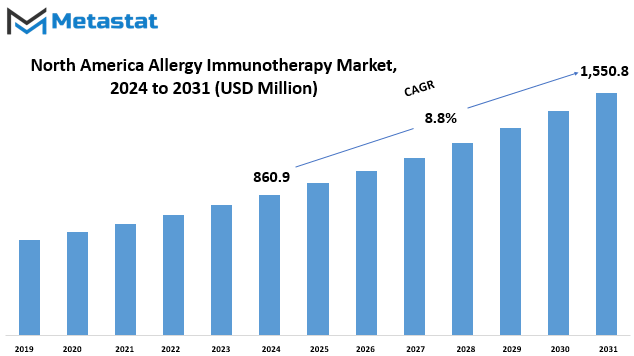
GROWTH FACTORS
The North America Allergy Immunotherapy market is experiencing significant growth, driven by several key factors. One of the primary growth factors is the increasing prevalence of allergies in the region. As more people are being diagnosed with various allergies, there is a growing demand for effective treatment options, and allergy immunotherapy has emerged as a viable solution.
Additionally, the awareness and understanding of allergy immunotherapy among both healthcare professionals and patients have contributed to its growing popularity. With advancements in medical research and technology, there is a greater emphasis on personalized and targeted treatments, and allergy immunotherapy aligns with this trend by addressing the root cause of allergies.
However, despite the growth trajectory, certain challenges pose potential hindrances to the market. One such challenge is the cost associated with allergy immunotherapy. The treatment may involve multiple sessions and can be financially burdensome for some individuals. This financial barrier could limit the accessibility of allergy immunotherapy, thereby impacting market growth.
Moreover, regulatory constraints and compliance issues present another set of challenges. Stringent regulations and the need for adherence to safety standards may slow down the approval process for new allergy immunotherapy products. This, in turn, could impede the market's expansion, as delays in product availability hinder patient access to innovative treatments.
Despite these challenges, there are promising opportunities that could propel the North America Allergy Immunotherapy market forward. Technological advancements and ongoing research efforts may lead to the development of more cost-effective and accessible treatment options. Additionally, collaborations between pharmaceutical companies and healthcare providers could result in innovative solutions that address both the efficacy and affordability of allergy immunotherapy.
The North America Allergy Immunotherapy market is witnessing growth driven by factors such as the increasing prevalence of allergies and improved awareness. However, challenges related to cost and regulatory constraints need to be addressed to ensure sustained market expansion. The future of the market holds potential opportunities for advancements in technology and collaborations that could enhance the accessibility and effectiveness of allergy immunotherapy treatments.
MARKET SEGMENTATION
By Treatment Type
In examining the North America Allergy Immunotherapy market, a closer look reveals a subdivision in treatment methods. This sector, termed Treatment Type, is categorized into Subcutaneous Immunotherapy (SCIT) and Sublingual Immunotherapy (SLIT).
Subcutaneous Immunotherapy (SCIT) involves administering allergens beneath the skin. This method is recognized for its effectiveness in desensitizing individuals to specific allergens, thereby mitigating allergic reactions. Its application has gained prominence in addressing a spectrum of allergies, making it a notable facet of the market.
On the other hand, Sublingual Immunotherapy (SLIT) pursues a different course by delivering allergens under the tongue. This method, although distinct from SCIT, shares the common objective of diminishing allergic responses. SLIT has garnered attention for its convenience, as it can be self administered, offering a less invasive alternative for individuals seeking allergy relief.
This categorization within the Treatment Type delineates the diverse approaches employed in tackling allergies within the North American context. Each method carries its own set of advantages and considerations, contributing to the overall landscape of allergy immunotherapy in the region. This nuanced understanding of treatment options underscores the dynamic nature of the North America Allergy Immunotherapy market, reflecting the ongoing efforts to address allergic conditions prevalent in the region.
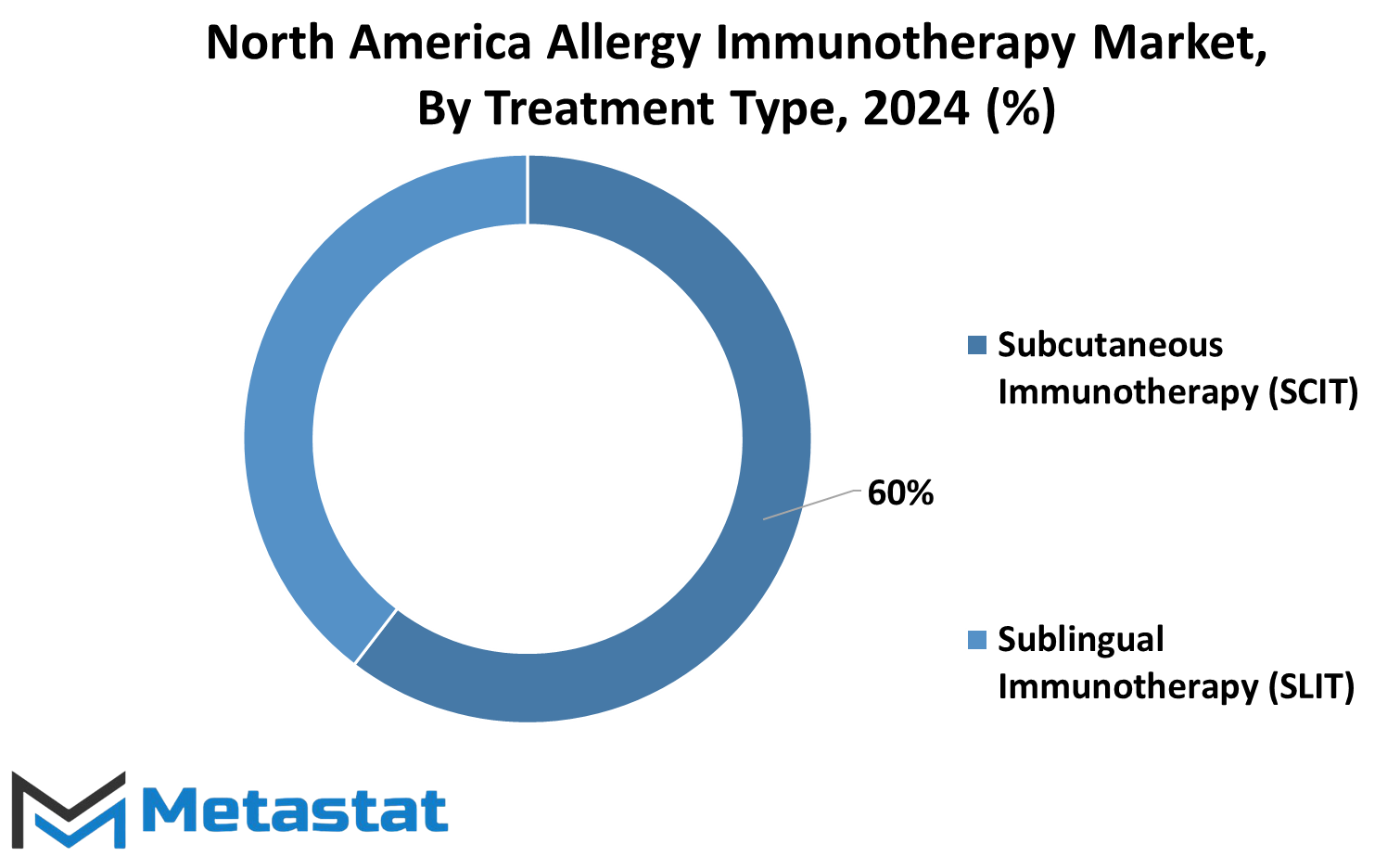
By Allergy Type
The North America Allergy Immunotherapy market encompasses various allergy types, each presenting distinct challenges and opportunities. Among these, Allergic Rhinitis holds a prominent position, registering a valuation of 356.1 USD Million in 2022. This indicates the significant economic impact of addressing allergic rhinitis within the context of allergy immunotherapy.
Another noteworthy segment is Allergic Asthma, which recorded a value of 182.7 USD Million in 2022. The prevalence of allergic asthma underscores the importance of targeted immunotherapy interventions to mitigate its effects on individuals and the healthcare system at large.
Additionally, the market includes the ‘Others’ category, valued at 196.3 USD Million in 2022. This segment likely comprises various less prevalent allergic conditions, reflecting the diversity of allergens and immune responses observed within the North American population.
Understanding the distinctive values assigned to each segment provides insights into the nuanced landscape of allergy immunotherapy in North America. These values not only signify the economic dimensions but also hint at the varying degrees of impact that different allergies exert on the overall market dynamics.
Moreover, the segmentation emphasizes the necessity for tailored approaches in addressing specific allergies. By acknowledging the diverse needs within the market, stakeholders can strategize and allocate resources more effectively to enhance the overall efficacy of allergy immunotherapy solutions.
By Distribution Channel
The North America Allergy Immunotherapy market presents a dynamic landscape, showcasing growth and diversification in its distribution channels. This essay aims to delve into the various distribution channels, shedding light on their respective values in the year 2022.
In dissecting the distribution channels, we encounter the Hospital Pharmacy segment, a vital player in the market. In 2022, this segment demonstrated its significance by contributing a substantial value of 211.4 USD Million. The Hospital Pharmacy’s role in making allergy immunotherapy accessible and available cannot be overstated, as it serves as a crucial link between healthcare professionals and patients seeking relief from allergies.
Moving on to the Retail Pharmacy segment, we observe another cornerstone of the market. Valued at 363.7 USD Million in 2022, this distribution channel plays a pivotal role in making allergy immunotherapy products readily available to the public. The convenience offered by retail pharmacies contributes significantly to the accessibility of these products, meeting the diverse needs of consumers across North America.
Furthermore, the Online Pharmacy segment emerges as a key player in the distribution network. In 2022, it recorded a valuation of 160 USD Million. The growing prevalence of online platforms as a medium for purchasing healthcare products aligns with the modern consumer’s preference for convenience and accessibility. The Online Pharmacy segment has effectively tapped into this trend, providing a seamless avenue for individuals to procure allergy immunotherapy products from the comfort of their homes.
In summarizing the data, we observe a distribution network that mirrors the evolving preferences and lifestyles of consumers in North America. The Hospital Pharmacy, Retail Pharmacy, and Online Pharmacy segments collectively contribute to the market’s vibrancy. Each channel plays a distinct role, catering to the diverse needs of consumers seeking allergy immunotherapy solutions.
As we navigate the intricacies of the North America Allergy Immunotherapy market, it becomes evident that these distribution channels serve as integral components, shaping the landscape of accessibility and availability for allergy immunotherapy products. The values assigned to each segment in 2022 reflect not only their individual contributions but also the collective strength they bring to the market. It is through the collaboration of these diverse channels that the North America Allergy Immunotherapy market thrives, meeting the healthcare needs of a wide-ranging consumer base.
REGIONAL ANALYSIS
In recent years, there has been a growing focus on the North America Allergy Immunotherapy market, a sector that plays a crucial role in addressing allergic conditions. This market encompasses various products and services aimed at providing relief to individuals suffering from allergies. To gain a comprehensive understanding, it's essential to break down the North American market into its constituent parts, namely the United States, Canada, and Mexico.
The United States stands out as a significant player in the North America Allergy Immunotherapy market. With its large population and diverse climate conditions, the U.S. experiences a wide range of allergies. As a result, the demand for allergy immunotherapy solutions is substantial. Manufacturers and service providers in the country cater to this demand by offering products designed to alleviate allergic symptoms.
Moving northward, Canada also contributes significantly to the North America Allergy Immunotherapy market. The Canadian population, despite being smaller than that of the U.S., faces its own set of allergic challenges. The market in Canada reflects this by providing tailored solutions to address the specific allergens prevalent in the region. Local companies and international players contribute to the availability of diverse allergy immunotherapy options.
Further south, Mexico completes the North American trio. While Mexico may have distinct environmental conditions compared to its North American counterparts, it is not exempt from allergy-related issues. The North America Allergy Immunotherapy market extends its reach into Mexico, where individuals grappling with allergies can access a variety of treatments and services to enhance their quality of life.
The segmentation of the North America Allergy Immunotherapy market into the U.S., Canada, and Mexico allows for a nuanced analysis of the regional dynamics. Each country brings its unique challenges and opportunities, shaping the market in distinct ways. Understanding these regional variations is crucial for stakeholders, including manufacturers, healthcare professionals, and policymakers, as they work together to address the evolving needs of individuals dealing with allergies in North America.
COMPETITIVE PLAYERS
The North America Allergy Immunotherapy market is populated by several key players, each contributing to the industry's dynamics. Stallergenes Greer, ALK-Abelló, Aimmune Therapeutics, DBV Technologies, HollisterStier Allergy, Cardinal Health, and Nectar Life Sciences, Inc. stand out as prominent participants in this competitive landscape.
Stallergenes Greer, a noteworthy contender, brings its expertise to the table, contributing significantly to the advancements in allergy immunotherapy. ALK-Abelló, another key player, plays a vital role in shaping the market dynamics. Aimmune Therapeutics, with its distinct approach, contributes to the diversity within the industry.
DBV Technologies is a notable player in the North America Allergy Immunotherapy market, showcasing its commitment to innovation. HollisterStier Allergy, recognized for its contributions, adds a valuable dimension to the competitive sphere. Cardinal Health, a significant participant, plays a pivotal role in the market's growth and development.
Nectar Life Sciences, Inc. further enriches the competitive landscape, bringing its unique strengths to the North America Allergy Immunotherapy market. Together, these key players create a vibrant and competitive environment, driving innovation and progress within the industry. Their collective efforts underscore the dynamic nature of the market, as they continually strive to meet the evolving needs of consumers and advance the field of allergy immunotherapy in North America.
North America Allergy Immunotherapy Market Key Segments:
By Treatment Type
- Subcutaneous Immunotherapy (SCIT)
- Sublingual Immunotherapy (SLIT)
By Allergy Type
- Allergic rhinitis
- Allergic asthma
- Others
By Distribution Channel
- Hospital Pharmacy
- Retail Pharmacy
- Online Pharmacy
Key North America Allergy Immunotherapy Industry Players
- Stallergenes Greer
- ALK-Abelló
- Aimmune Therapeutics
- DBV Technologies
- HollisterStier Allergy
- Cardinal Health.
- Nectar Life Sciences, Inc.
WHAT REPORT PROVIDES
- Full in-depth analysis of the parent Industry
- Important changes in market and its dynamics
- Segmentation details of the market
- Former, on-going, and projected market analysis in terms of volume and value
- Assessment of niche industry developments
- Market share analysis
- Key strategies of major players
- Emerging segments and regional growth potential



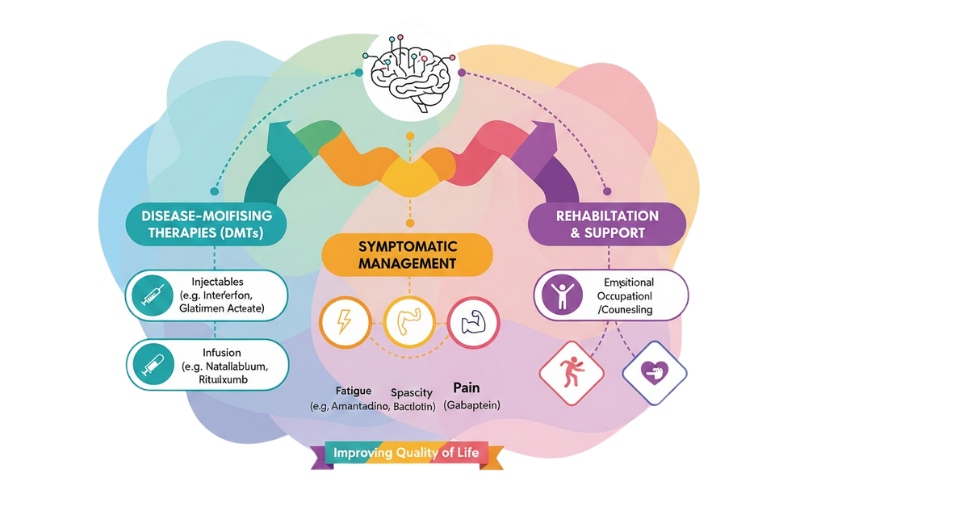
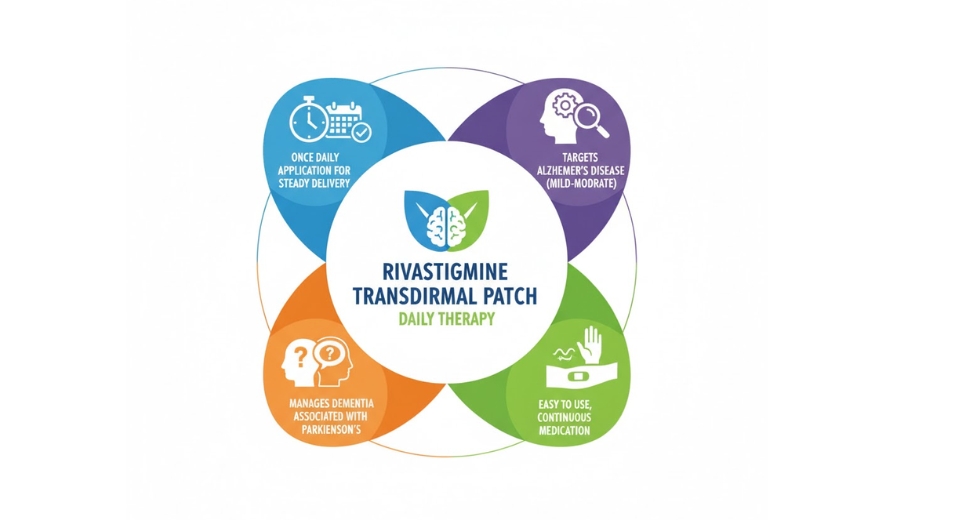
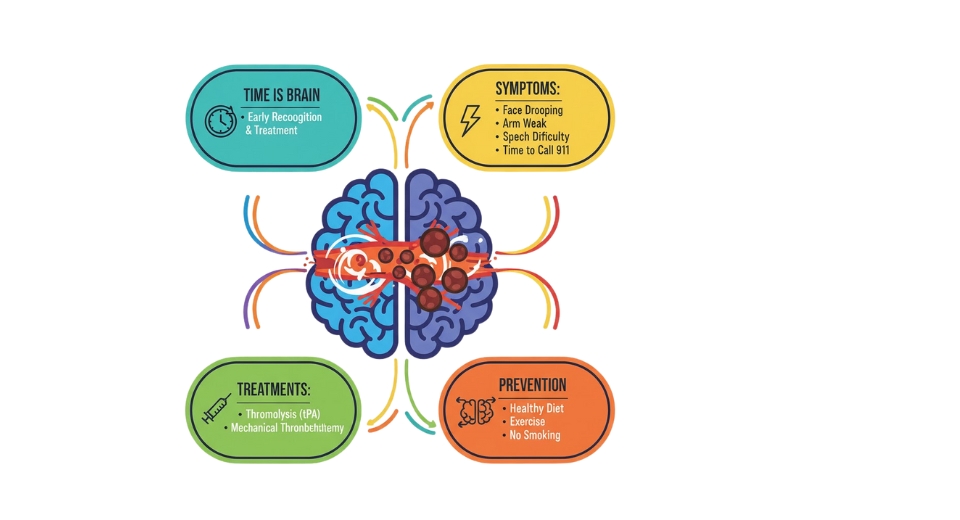
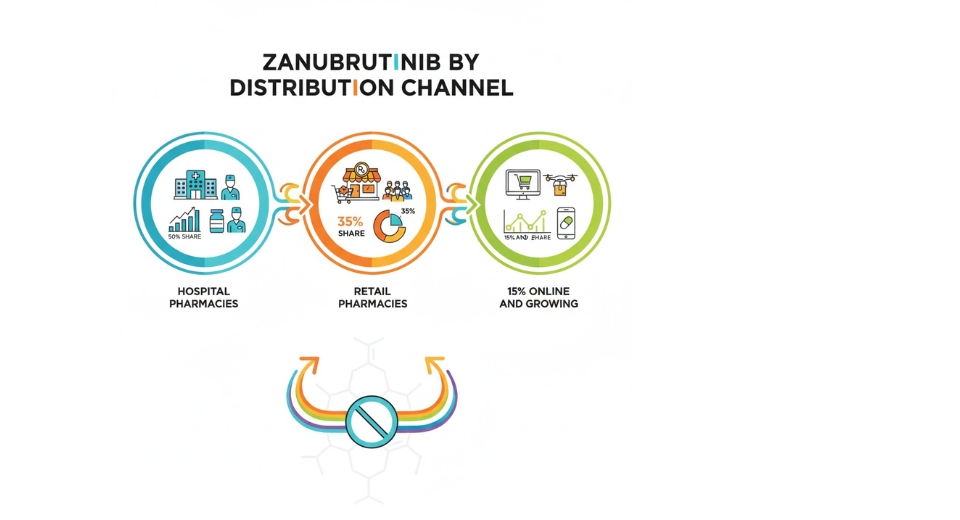

 US: +1 3023308252
US: +1 3023308252






